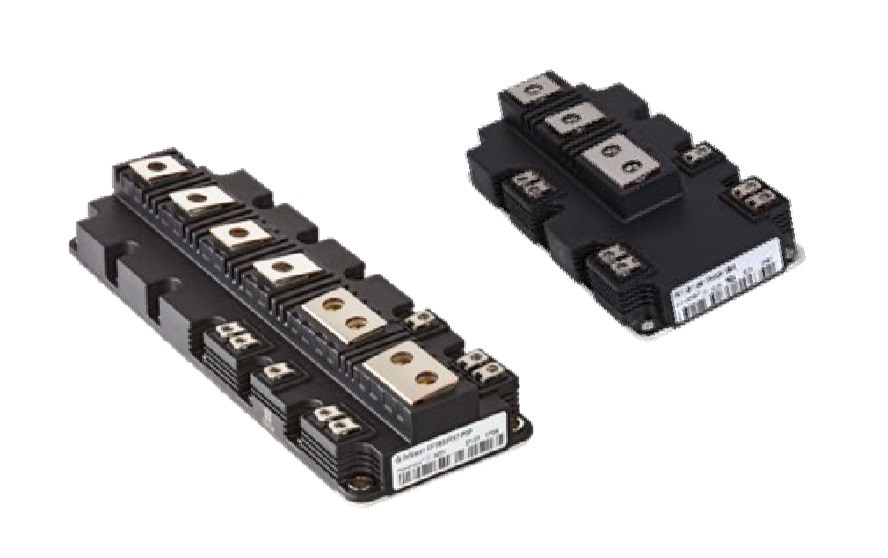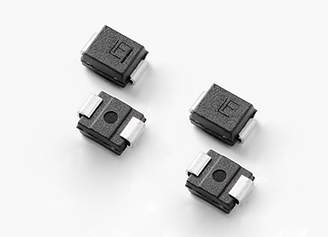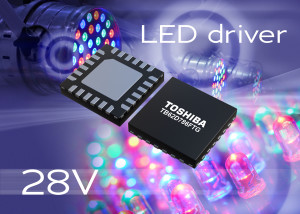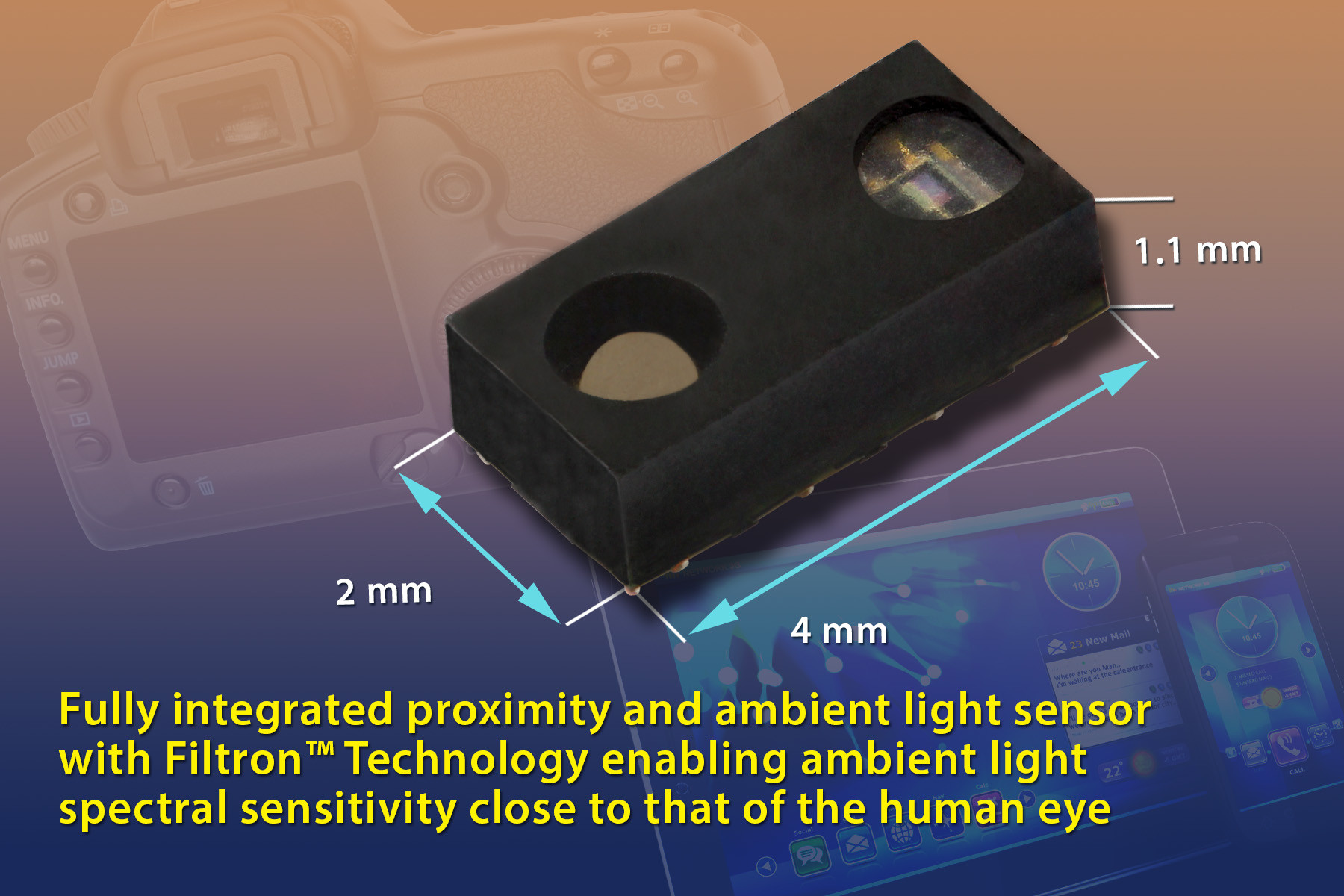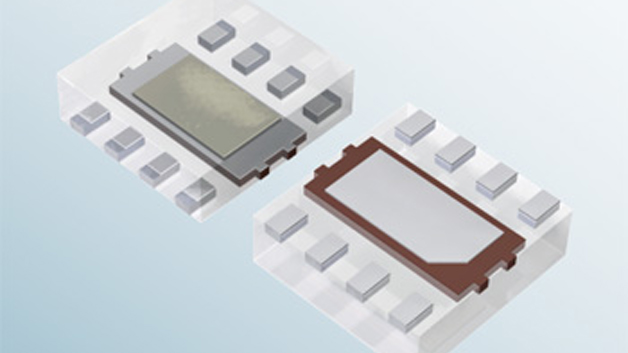Radio/TV IC
An audio amplifier is an electronic amplifier that amplifies low-power audiosignals for driving loudspeakers. This signals are primarily of frequencies between 20 – 20 000 Hz, this is the human range of hearing.
Key design parameters for audio amplifiers are frequency response and noise.
The Class for audio amplifiers refers to the output stage of the amp within a single unit. There are many classes used for audio amps.
Class A:
Class A amplifiers are one of the more simple and basic of the amplifier classes. Class A is characterizes by having a large bias current in the output device so that the device is fully on at all times. The output device conducts current during the entire cycle of a signal swing. Class A is the most inefficient of all the classes with ideal efficiency at only 25%.
The amplifier is always biased “ON” so that it conducts during one complete cycle of the input signal waveform producing minimum distortion and maximum amplitude to the output. So there can be no crossover or switch-off distortion to the output waveform even during the negative half of the cycle
- best THD performance => no crossover distortion
- easy to design
- low part count.
- Very poor efficiency
- needs cooling
Class B:
Class B amplifiers are used in low cost designs or designs where sound quality is not important => siren driver
Because there is a delay in the turn on of the output stage, Class B has a significant amount of crossover distortion
- Good efficiency with maximum efficiency at 78.5%.
- High crossover distortion resulting in high THD
Class AB:
Class AB is probably the most common amplifier class => home stereo and radio.
Class AB amps combine the good points of class A and B amps. They have the improved efficiency of class B amps and distortion performance of a class A amp.
With such amplifiers, distortion is high when the signal is low, and generally lowest when the signal is just reaching the point of clipping.
Class D:
Class D amplifiers use a completely different method of amplification as compared to Class A, B and AB. The input signal is compared with a high frequency triangle wave, resulting in the generation of a Pulse Width Modulation (PWM) type signal. This signal ( incorrectly “digital” ) is then applied to a special filter that removes all the unwanted high frequency by-products of the PWM stage. The output of the filter drives the speaker.
Class D amps are found in car audio subwoofer amplifiers. The major advantage of Class D amplifiers is that they have very good efficiency. Due to the fact that the semiconductor devices are ON or OFF in the power stage, resulting in low power dissipation in the device. Due to the high frequencies that are present in the audio signal (as a result of the PWM stage), Class D amps used for car stereo applications are often limited to subwoofer frequencies
- Ideal efficiency approaching 100% saves heatsink at high power.
- PCB design important for EMI/Noise suppression

